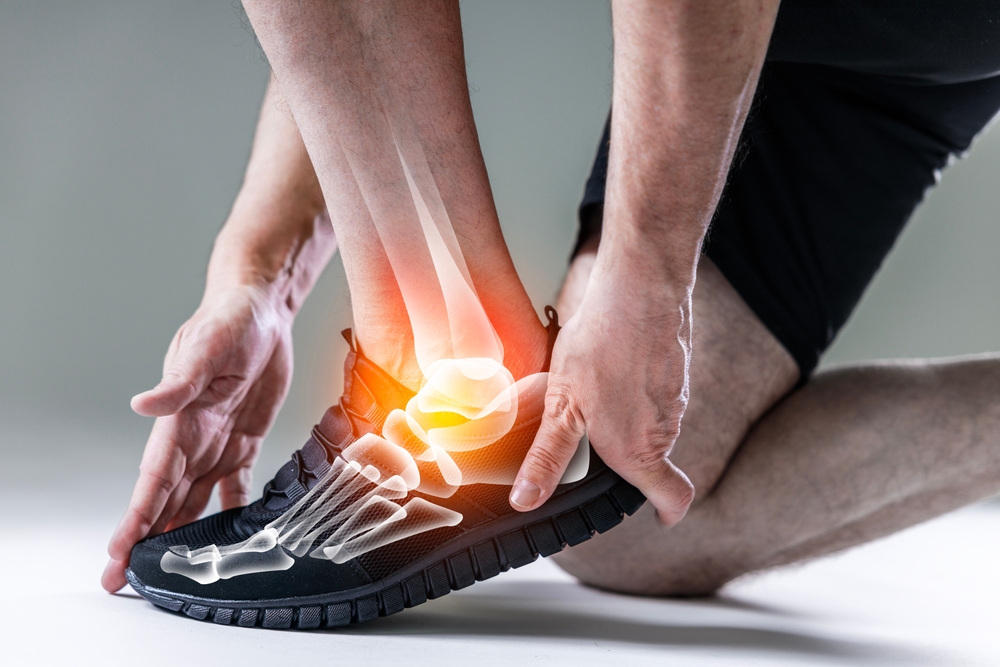Bursitis Treatment: Options for Hip Pain and Mobility
Bursitis is inflammation of small fluid-filled sacs (bursae) that cushion joints and reduce friction. It commonly affects areas such as the hip, shoulder, knee, and elbow, causing pain, stiffness, and reduced range of motion. Effective treatment aims to reduce inflammation, restore movement and address underlying causes so that everyday activities — including walking — become more comfortable and sustainable for people of different ages and activity levels.

This article is for informational purposes only and should not be considered medical advice. Please consult a qualified healthcare professional for personalized guidance and treatment.
What is bursitis?
Bursitis occurs when a bursa becomes irritated, inflamed, or infected. Bursae are thin, lubricated sacs that lie between bone and soft tissue such as tendons or skin. When inflamed, they produce pain, tenderness and sometimes visible swelling. Repetitive movements, direct trauma, prolonged pressure, or systemic inflammatory conditions can trigger bursitis. A healthcare provider will use history, physical exam and sometimes imaging (ultrasound or MRI) to confirm the diagnosis and rule out tendon tears, arthritis, or infection as contributing factors.
How does bursitis affect walking?
When bursitis involves joints used for locomotion — especially the hip or knee — walking can become painful and altered. Pain may be sharp with initial steps or constant during prolonged walking, often causing a limp to reduce load on the affected side. Secondary problems can develop, such as muscle weakness, shortened stride, or hip instability. Rehab focuses on correcting gait mechanics, strengthening surrounding muscles, and graded walking programs to restore function while limiting excessive stress on the inflamed bursa.
Hip bursitis: symptoms and treatment
Hip bursitis typically causes pain on the outer thigh or upper hip that worsens with lying on the affected side, climbing stairs, or prolonged standing. Conservative treatment is the first approach and includes rest, activity modification, ice, nonsteroidal anti-inflammatory drugs (when appropriate), and targeted physical therapy. Stretching of tight muscle groups and strengthening of hip abductors and core muscles often reduce recurrence. In many cases symptoms improve within weeks to months with these measures; persistent or severe pain may prompt further evaluation.
Non-surgical treatments and rehabilitation
Conservative care aims to reduce inflammation and restore function. Options include ice, short-term relative rest, oral anti-inflammatories when appropriate, and corticosteroid injections for selected patients to control intense inflammation. Physical therapy addresses flexibility, strength, posture and gait retraining; modalities such as ultrasound or manual therapy may be used. Assistive devices (cane or walkers) and offloading strategies can be helpful during flare-ups. For infective bursitis, antibiotics and sometimes drainage are required. Education on activity pacing and ergonomic adjustments helps prevent recurrences.
When is surgery considered for bursitis?
Surgery is an option only after a thorough trial of conservative measures or when structural problems are present. Indications can include persistent pain despite months of non-surgical care, recurrent bursal infections, calcific deposits, or associated tendon tears that require repair. Surgical approaches vary from bursectomy (removal of the bursa) to tendon repair or minimally invasive arthroscopic procedures. Outcomes depend on the underlying cause, overall health, and rehabilitation. A surgical decision should be made with a specialist, balancing expected benefits and risks.
Bursitis in the elderly: care and prevention
In older adults, bursitis may coexist with degenerative joint changes, reduced muscle mass and slower healing. Management emphasizes gentle, progressive exercise to maintain mobility, fall prevention, and careful medication choices that consider comorbidities. Physical therapy tailored to balance, strength and safe walking patterns can reduce pain and improve independence. Preventive measures include avoiding repetitive pressure, using cushioning when needed, maintaining a healthy weight, and addressing footwear and home hazards to protect hips and lower limbs during walking.
Conclusion
Bursitis treatment is typically conservative and focused on reducing inflammation, restoring movement and addressing contributing factors such as biomechanics or repetitive strain. Hip bursitis can affect walking and daily activities but often responds to a combination of rest, targeted therapy and gradual return to activity. Surgery is reserved for persistent or complicated cases. Individual care plans should be developed with a qualified healthcare professional who can tailor treatment to age, activity level, and overall health.






